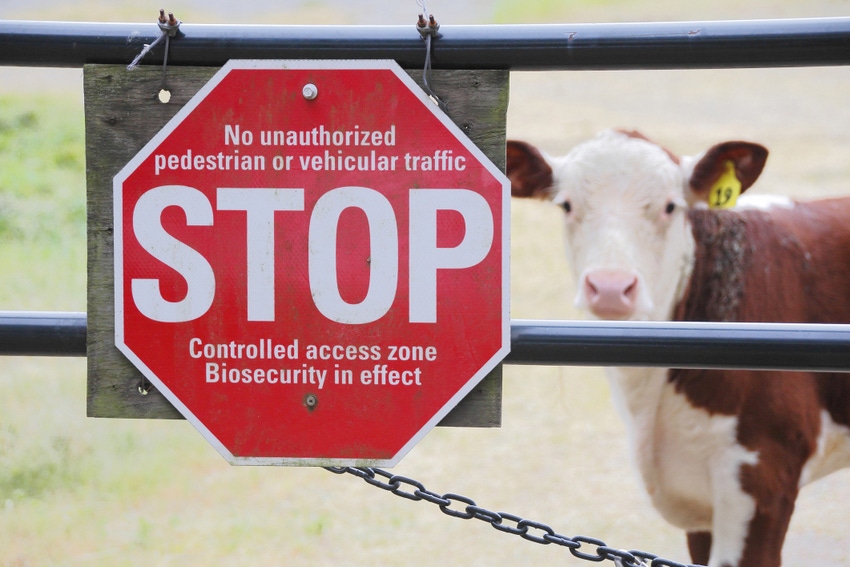Traceback investigations involve several states and are intended to identify other potentially infected animals.
April 5, 2019

The Montana Department of Livestock (MDOL) is conducting cattle testing related to the diagnosis of bovine tuberculosis (TB) in animals during routine inspection conducted at out-of-state slaughter establishments.
MDOL said April 5 that these investigations, involving several states, stem from the detection of bovine TB in a steer at slaughter in June 2018, a second unrelated steer found in December 2018 and a cow in March 2019. The purpose of the traceback investigations is to determine where an animal was infected, if possible, and to identify other potentially infected or exposed animals, MDOL said.
Bovine TB testing is required in a herd when a link has been established between the herd and a positive animal through movement and/or sale records. At this time, no infected herds have been confirmed within Montana, MDOL said. Testing is expected to continue through the summer and into early fall of 2019.
“Slaughter surveillance is a critical component of our national TB surveillance program,” Montana state veterinarian Marty Zaluski said. “Subsequent follow-up herd testing is necessary to ensure we find and eliminate any potential pockets of disease to protect Montana’s livestock producers.”
Bovine TB is caused by the bacteria Mycobacterium bovis. The disease causes granulomatous lesions inside the lymph nodes, lungs, liver, spleen and skin of affected animals. The primary route of spread is aerosol transmission to other animals in close contact. The bacteria is also capable of infecting wildlife, such as deer, and people. The disease has an incubation period that can range from months to years and infected animals may show no clinical signs until later stages of infection, meaning healthy appearing cattle may be infected with the bacteria.
Although TB is a zoonotic disease capable of infecting people, it is not a food safety threat, thanks to a robust meat inspection program and the pasteurization of milk for retail sale, MDOL pointed out.
Source: Montana Department of Livestock, which is solely responsible for the information provided and is wholly owned by the source. Informa Business Media and all its subsidiaries are not responsible for any of the content contained in this information asset.
You May Also Like


.png?width=300&auto=webp&quality=80&disable=upscale)
